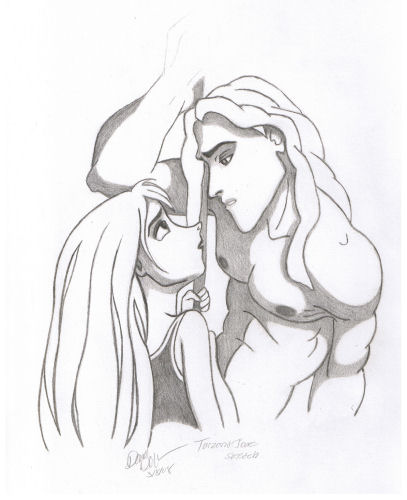

Agents: David Forrer and Kim Witherspoon, Inkwell Management. Given that she also fights enraged elephants and treks deep into the jungle, Maxwell’s Jane is so obviously heroic and feminist that the usual tropes are hilariously unnecessary.


A shaft of moonlight penetrates the greenery obscuring an opening in the roof and glints off of the gray. The pools of stormy green are rendered gray in the dim light. Unfortunately, the early chapters hammer home the spunky heroine clichés: Jane is an atheist, a spinster at age 20, and prone to quarreling with her mother about split skirts. Jane Tarzan touches the underside of her chin with his knuckle. Maxwell’s reimagining, authorized by the Edgar Rice Burroughs estate, makes smart changes from the original: caricatured cannibals are replaced by the more complex Waziri tribe of later Tarzan novels, whose hidden treasure motivates some formidable European villains. The story beautifully captures Jane and Tarzan’s powerful yet naïve attraction and Jane’s wonder and joy as she explores the jungle by Tarzan’s side. On a scientific expedition with her father into the rainforests of Gabon, Africa, paleoanthropology student Jane Porter is rescued from a leopard attack and nursed back to health by Tarzan, a remarkable (and remarkably attractive) wild man.


 0 kommentar(er)
0 kommentar(er)
